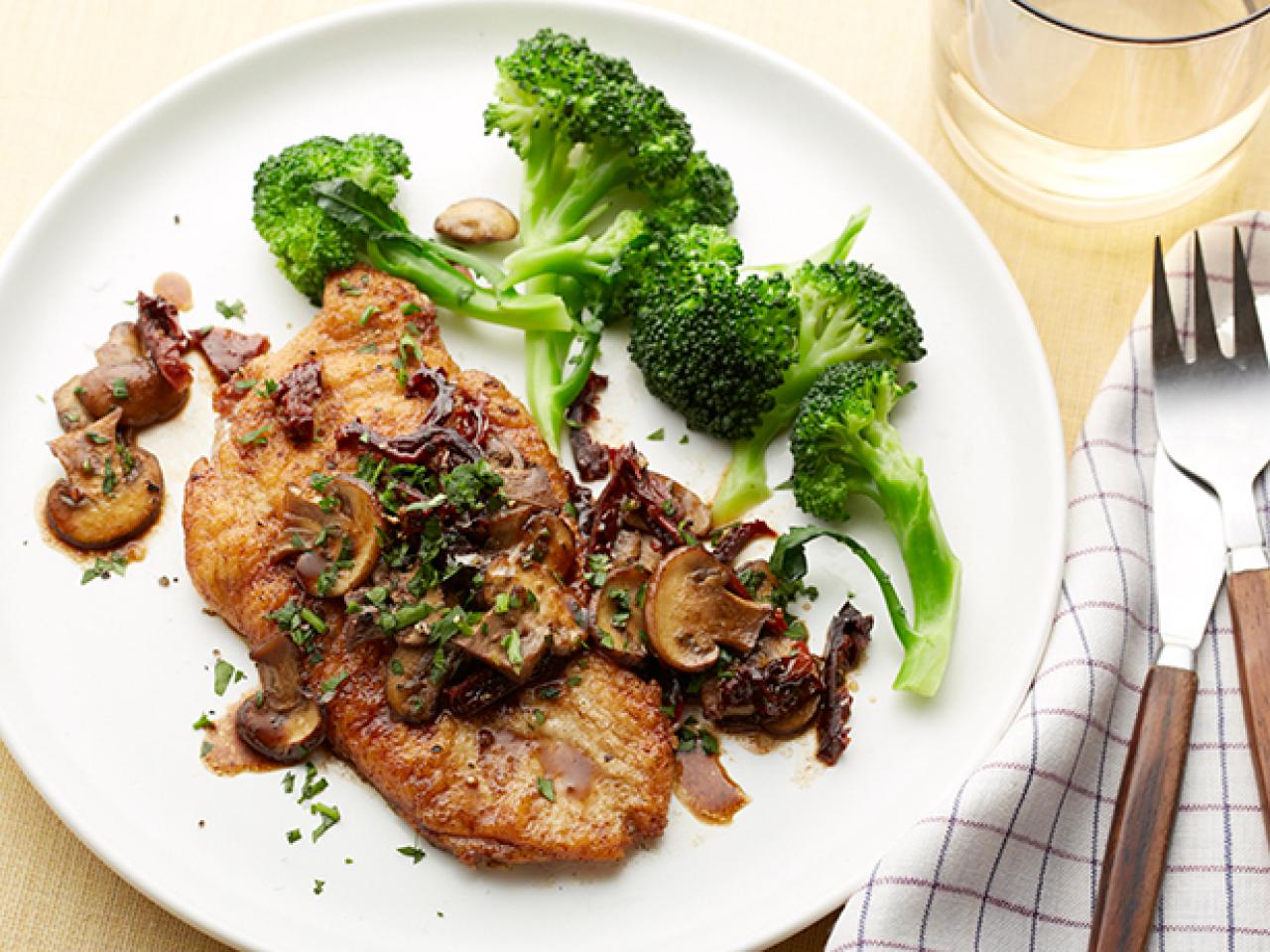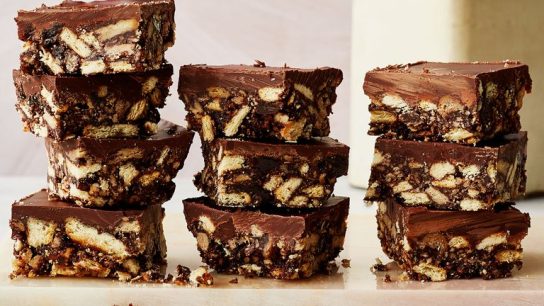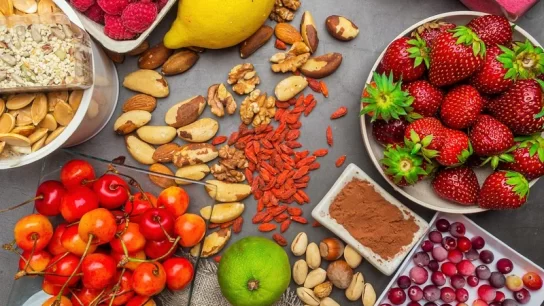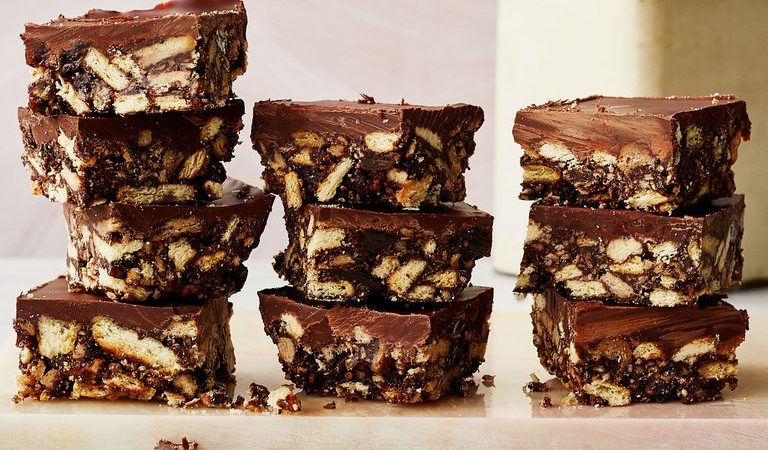Nowadays, more and more people are looking for diet-specific dishes that suit their needs and lifestyles.
Whether for health, ethical, or personal reasons, knowing and exploring these culinary options can enrich our gastronomic experience and guarantee a balanced diet.

Understanding the differences between specific diets
Not all diets are the same, and each one has its particularities. Whatever the reason that prompts you to do one diet or another, you must be clear about basic concepts and always go hand in hand with professionals. As far as we are concerned, you know that you will always have maximum quality in our products from each mama supermarket.
What does it mean to be vegetarian, vegan, and celiac?
Many people think they know the distinctions between them, but it may not be that simple.
- Vegetarians: They are those who do not consume animal meat. It could be for well-being, ethical beliefs, or moral values. But they can consume derivatives such as eggs or dairy products.
- Vegans: They go one step further. They not only avoid meat but any product of animal origin. This includes food, but also other products such as cosmetics tested on animals. Their choice is based on respect and the fight for animal rights.
- Celiacs: Here we change the third. People with celiac disease should avoid gluten, a protein found in grains such as wheat, oats, barley, and rye. It is not a choice, but a medical necessity.
In short, while vegans and vegetarians choose their diet for various reasons, people with celiac disease are forced to change their diet, as they must avoid gluten for medical reasons. It is essential to understand that the gluten-free diet is not a choice for celiacs, but a necessity.
How to combine veganism and celiac disease
Combining veganism and celiac disease may sound complicated initially. But, with the right knowledge and meticulous organization, it is completely viable and beneficial to your health.
Challenges of being vegan and celiac
When we talk about dishes for specific diets, it is essential to understand that being vegan and celiac presents unique challenges:
- Food selection: The need to avoid both gluten and animal products limits the initial options.
- Product labeling: Not all vegan products are gluten-free and vice versa. It is crucial to read labels carefully.
- Cross-contamination: In places where gluten-containing foods are prepared, there is a risk of cross-contamination.
Key differences between vegan and vegetarian food
Given the rise of diets focused on plant foods, it is common to mix the concepts of vegan and vegetarian nutrition. But, although they may look similar, they represent different eating styles:
- Veganism: Adopting veganism is embracing a vital philosophy. It is defined by its firm opposition to the use and consumption of products derived from animals. This posture transcends mere diet, also encompassing other daily facets.
- Vegetarianism: In contrast, vegetarians avoid meat, although they may include other animal derivatives in their diet, such as eggs, honey, or dairy products. There are varieties within vegetarianism, such as “ovo-lacto-vegetarians”, who incorporate both eggs and dairy products into their diet.
Both diets have in common the rejection of meat consumption, but while veganism is a global ethical position, vegetarianism focuses strictly on diet.
Recipes and dishes for combined diets
Although there are challenges, there is a wide range of tasty and healthy foods that adapt to a vegan and gluten-free diet. Here I present some ideas:
- Breakfast:
- Toasts with hummus and avocado on gluten-free bread.
- Gluten-free oatmeal porridge with vegetable drink and fresh fruits.
- Meal:
- Quinoa salad with roasted vegetables and marinated tofu.
- Lentil stew with potatoes and spinach, seasoned with gluten-free spices.
- Dinner:
- Vegan pizza with a cauliflower base and toppings of vegetables and gluten-free vegan cheese.
- Stir-fried tempeh with vegetables and gluten-free soy sauce.
- Snacks:
- Gluten-free dates, walnuts, and cocoa energy bars.
- Baked kale chips with olive oil and spices.
Keep in mind that the secret lies in organizing and diversifying. With a touch of imagination, you can enjoy a diverse diet that is vegan and gluten-free.
Tips for a balanced diet in specific diets
Next, we will delve into the keys for those who choose a vegan or vegetarian diet and also need to avoid gluten.
Keys to a gluten-free vegan or vegetarian diet
When we talk about specific diets, it is essential to understand the needs and restrictions of each diet.
If you are considering adopting a vegan or vegetarian diet and, in addition, you need to avoid gluten, here are some keys to doing it in a balanced way:
- Knowledge is power: First of all, be well informed about which foods contain gluten and which are of animal origin.
- Variety on your plate: Ensure that your diet contains a wide variety of foods. Vegetables, legumes, nuts, and seeds are your allies.
- Read the labels: Although many vegan products may seem gluten-free at first glance, this is not always the case.
- Plan your meals: When combining two specific diets, planning is key.
- Supplements, if needed: Consult a nutritionist about whether you may need supplements, especially B12, iron, or calcium.
Featured Recipes for Specific Diets
If you are looking for inspiration in the kitchen, here are some delicious recipes suitable for vegan or vegetarian gluten-free diets:
- Breakfast: Toast with hummus and avocado on gluten-free bread. Serve with a vegetable drink smoothie, fruits, and chia seeds.
- Food: Fresh salad with quinoa, grilled tofu, various vegetables, and a dressing based on lemon and extra virgin olive oil.
- Dinner: Pumpkin puree with a touch of coconut and ginger. Serve with some buckwheat and chickpea burgers.
- Dessert: Vegan chocolate mousse made with avocado, pure cocoa, maple syrup, and a pinch of salt.
Remember, following a gluten-free vegan or vegetarian diet may seem challenging at first, but with information and planning, it is doable and can be delicious.
Differences between hunger and appetite
They may seem like they mean the same thing, but no, the terms hunger and appetite are not synonyms. In short, hunger is a physiological concept and, for its part, appetite is a psychological one.
Expanding a little on the explanation of the difference between hunger and appetite, it can be said that hunger is completely involuntary and is not related to any particular food; You are simply hungry because your body needs energy. On the contrary, the appetite arises suddenly and focuses on a specific food. It is highly influenced by external factors; that is, due to stimuli unrelated to any nutritional reason: smells, psychological state, mood at that precise moment… The phrase ” eating with the eyes ” leads us to see that there are times when our ability to eat is influenced by sight.




